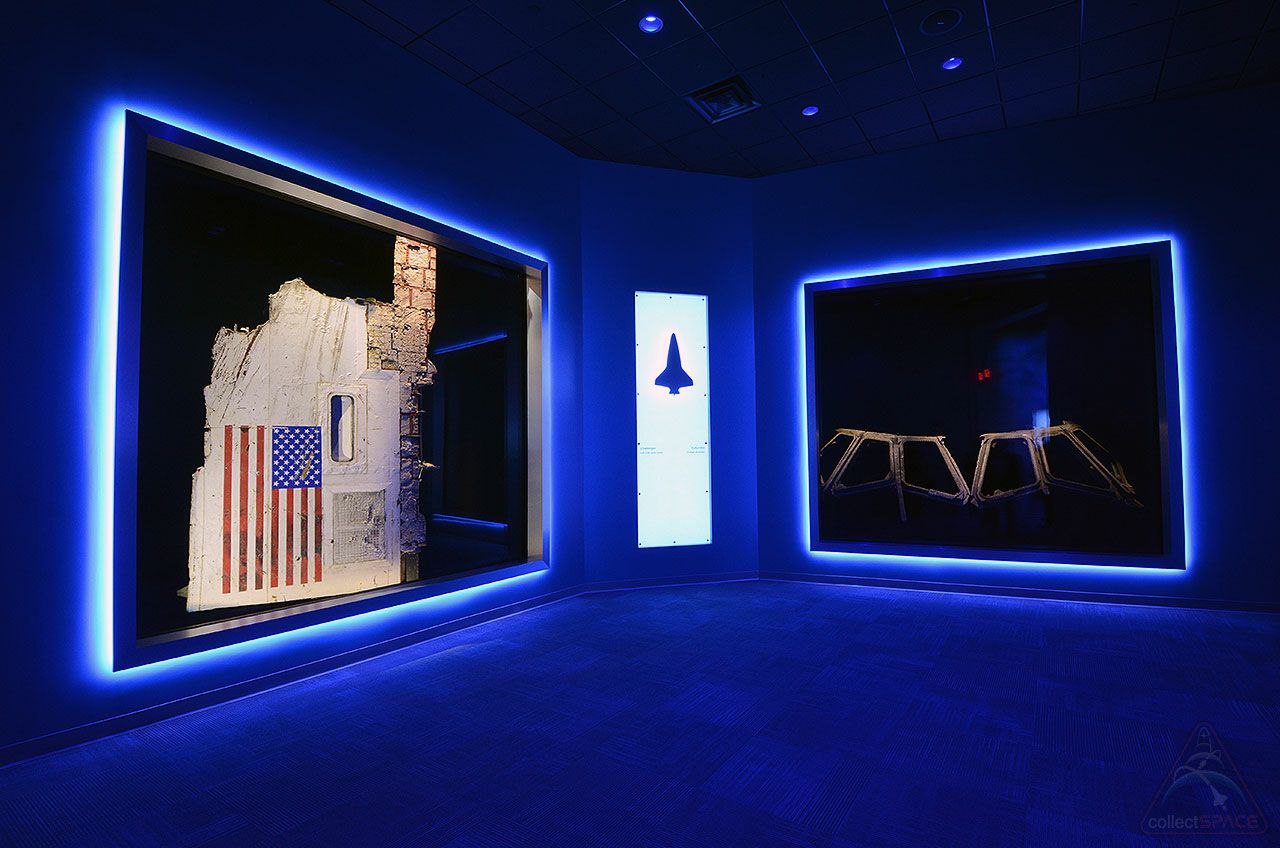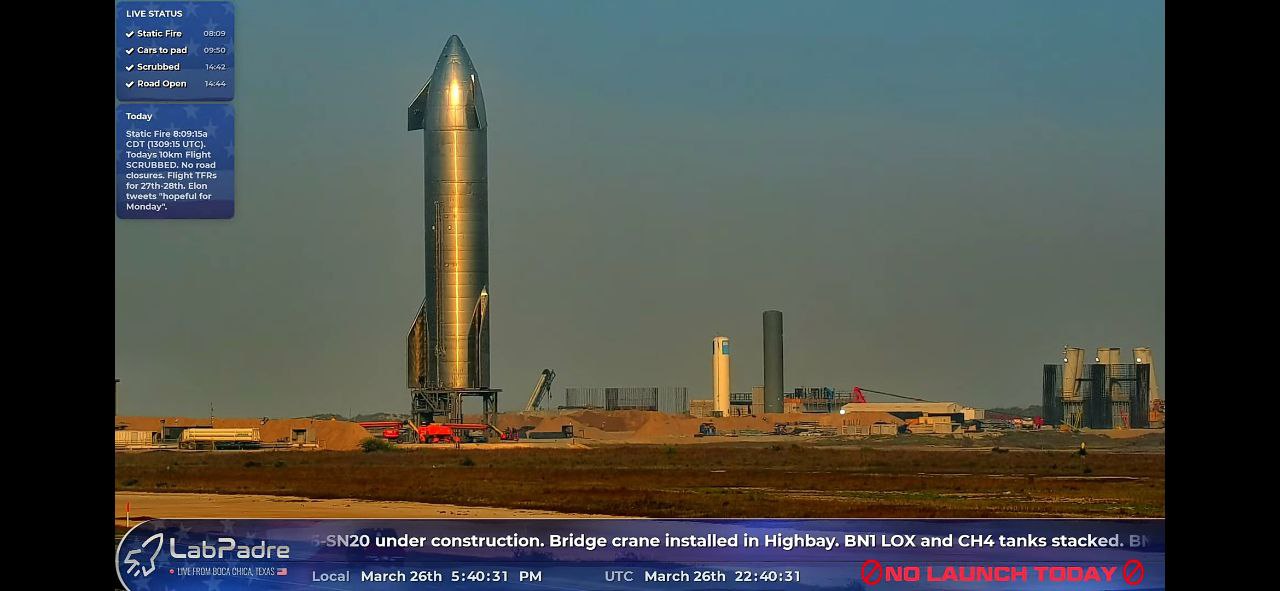t
meleardil
1 day ago (edited)
@Jerome Shalom Well... the goal changed every time they upgraded the detector. It detects Muon showers created by high energy particles... So, it detects high energy neutrinos ONLY. Unfortunately there are incredibly lot events like that. so, the detector actually looks DOWNWARD. Seeking muons created by neutrinos which already crossed earth. :)
this detector was hunting for magnetic monopoles, magnetar bursts, supernova flashes... Actually always the actual "fashionable" theory which can get enough money, so they can upgrade the telescope to the scale where it can become actually useful.
Because it detects high energy neutrinos only, unfortunately it can not look into the core of the sun, because those are low and middle energy neutrinos.
meleardil
1 day ago
@Olothur The maintenance is done every year at the end of winter. when the ice is thickest but started to melt, so it wont freeze back almost immediately. Every morning started with the clearing of the holes cut into the ice. I was in the optical module group. For example one year it was my task to find a way to calibrate the delays of the optical cables used for detector calibration with dummy laser pulses. The main problem was that previous years the calibration was off because of the temperature and pressure difference between the lab and the bottom of the lake. :) so, I put together a measurement what I was able to do on the "ice". The super precise instrument the German guys made for the calibration was not reliable below -20 celsius. (It was sometimes -40 celsius) But the Russian analogue oscilloscope worked just fine (some things did not change in the last 70 years). so I used that and some tricks to make the calibration right on the ice without dismantling the detector string.
meleardil
18 hours ago
@Urie Well... the only affect on the lake I am aware of is that the green algae in that depth loooved the small extra heat and low EM radiation, so they had colonies on the uplooking surfaces, which affected the up looking anti-coincidence modules. so it was considered to put a cone on top of them. It looked ridiculous. :) The communication in the old time run on electric cables, but they were upgrading it to optical as those become cheaper and cheaper. The water is very clear. The biggest "pollution" is the gigantic paper factory on the other side of the lake. The algae LOVE the waste products of that factory, so the visibility decreased a bit because of that. I do not know what is the situation now.
meleardil
13 hours ago (edited)
@CleanerBen
Here you can see a pishnya at work on one of the pictures.
@Jerome Shalom Well... the goal changed every time they upgraded the detector. It detects Muon showers created by high energy particles... So, it detects high energy neutrinos ONLY. Unfortunately there are incredibly lot events like that. so, the detector actually looks DOWNWARD. Seeking muons created by neutrinos which already crossed earth. :)
this detector was hunting for magnetic monopoles, magnetar bursts, supernova flashes... Actually always the actual "fashionable" theory which can get enough money, so they can upgrade the telescope to the scale where it can become actually useful.
Because it detects high energy neutrinos only, unfortunately it can not look into the core of the sun, because those are low and middle energy neutrinos.
meleardil
1 day ago
@Olothur The maintenance is done every year at the end of winter. when the ice is thickest but started to melt, so it wont freeze back almost immediately. Every morning started with the clearing of the holes cut into the ice. I was in the optical module group. For example one year it was my task to find a way to calibrate the delays of the optical cables used for detector calibration with dummy laser pulses. The main problem was that previous years the calibration was off because of the temperature and pressure difference between the lab and the bottom of the lake. :) so, I put together a measurement what I was able to do on the "ice". The super precise instrument the German guys made for the calibration was not reliable below -20 celsius. (It was sometimes -40 celsius) But the Russian analogue oscilloscope worked just fine (some things did not change in the last 70 years). so I used that and some tricks to make the calibration right on the ice without dismantling the detector string.
meleardil
18 hours ago
@Urie Well... the only affect on the lake I am aware of is that the green algae in that depth loooved the small extra heat and low EM radiation, so they had colonies on the uplooking surfaces, which affected the up looking anti-coincidence modules. so it was considered to put a cone on top of them. It looked ridiculous. :) The communication in the old time run on electric cables, but they were upgrading it to optical as those become cheaper and cheaper. The water is very clear. The biggest "pollution" is the gigantic paper factory on the other side of the lake. The algae LOVE the waste products of that factory, so the visibility decreased a bit because of that. I do not know what is the situation now.
meleardil
13 hours ago (edited)
@CleanerBen
Here you can see a pishnya at work on one of the pictures.
https://dlnp.jinr.ru/en/121-projects-news/baikal-news/567-two-new-clusters-of-optical-modules-of-the-baikal-deep-underwater-neutrino-telescope-baikal-gvd-were-put-into-operation-the-effective-volume-of-the-facility-which-already-includes-five-clusters-increased-to-0-25-km-3






